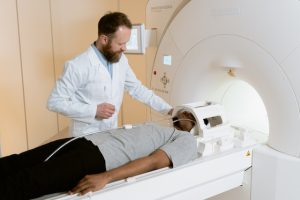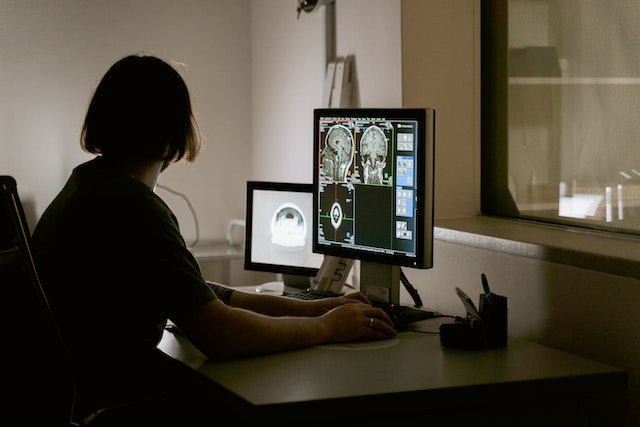This article is designed to compare and contrast Magnetic Resonance Imaging (MRI) and Computed Tomography (CT) scans as diagnostic tools. It targets individuals seeking information about the differences between these imaging modalities and helps them make informed decisions about which option might be suitable for their specific medical needs. The article covers the principles of MRI and CT scans, their applications, benefits, and considerations for choosing the right diagnostic tool.
MRI vs CT Scan: Comparing Diagnostic Tools for Your Needs
The world of medical diagnostics is equipped with a range of advanced technologies, each offering unique insights into the human body. Two of these key tools—Magnetic Resonance Imaging (MRI) and Computed Tomography (CT) scans—stand out for their precision and diagnostic capabilities. In this article, we delve into the differences between these modalities to help you choose the right diagnostic tool for your medical needs.
Introduction: Deciphering MRI and CT Scan Differences
Navigating the landscape of medical imaging can be complex, especially when it comes to choosing between MRI vs CT Scan. This article aims to demystify the distinctions between these diagnostic tools, enabling you to make an informed decision tailored to your health requirements.
MRI: Delving into the Power of Magnetic Resonance Imaging
Magnetic Resonance Imaging (MRI) harnesses the power of magnetic fields and radiofrequency waves to create detailed images of the body’s internal structures. This section explores the principles behind MRI technology and its remarkable ability to provide high-resolution images of soft tissues, making it indispensable in diagnosing a variety of medical conditions.

CT Scan: Unveiling the Precision of Computed Tomography
Computed Tomography (CT) scans, on the other hand, utilize X-ray beams and advanced computer processing to generate cross-sectional images of the body. This section delves into the mechanisms of CT scans and their role in visualizing bone structures and certain organs with exceptional clarity.
Applications: When to Opt for MRI or CT Scan
The choice between MRI and CT scans depends on the specific medical condition or diagnostic question at hand. This section outlines scenarios where MRI or CT scans are preferred, highlighting the strengths of each modality. Whether you’re seeking soft tissue clarity or bone structure visualization, understanding the applications will guide your decision.
Benefits and Considerations: Weighing Your Options
When considering MRI vs CT scans, it’s crucial to weigh the benefits and considerations of each modality. This section compares factors like image quality, radiation exposure, and suitability for specific conditions. By understanding these aspects, you can make an informed decision aligned with your medical needs and personal preferences.
Special Cases: Pediatrics, Pregnancy, and Contrast Considerations
Certain situations require additional considerations. This section addresses special cases such as pediatric patients, pregnant individuals, and the use of contrast agents. By providing guidance tailored to these scenarios, we ensure that your decision is well-informed and takes all factors into account.
In conclusion, the choice between MRI and CT scans hinges on a variety of factors, including the nature of your medical needs and the diagnostic insights required. By understanding the differences and considering your specific situation, you can confidently select the diagnostic tool that best serves your health and well-being.




